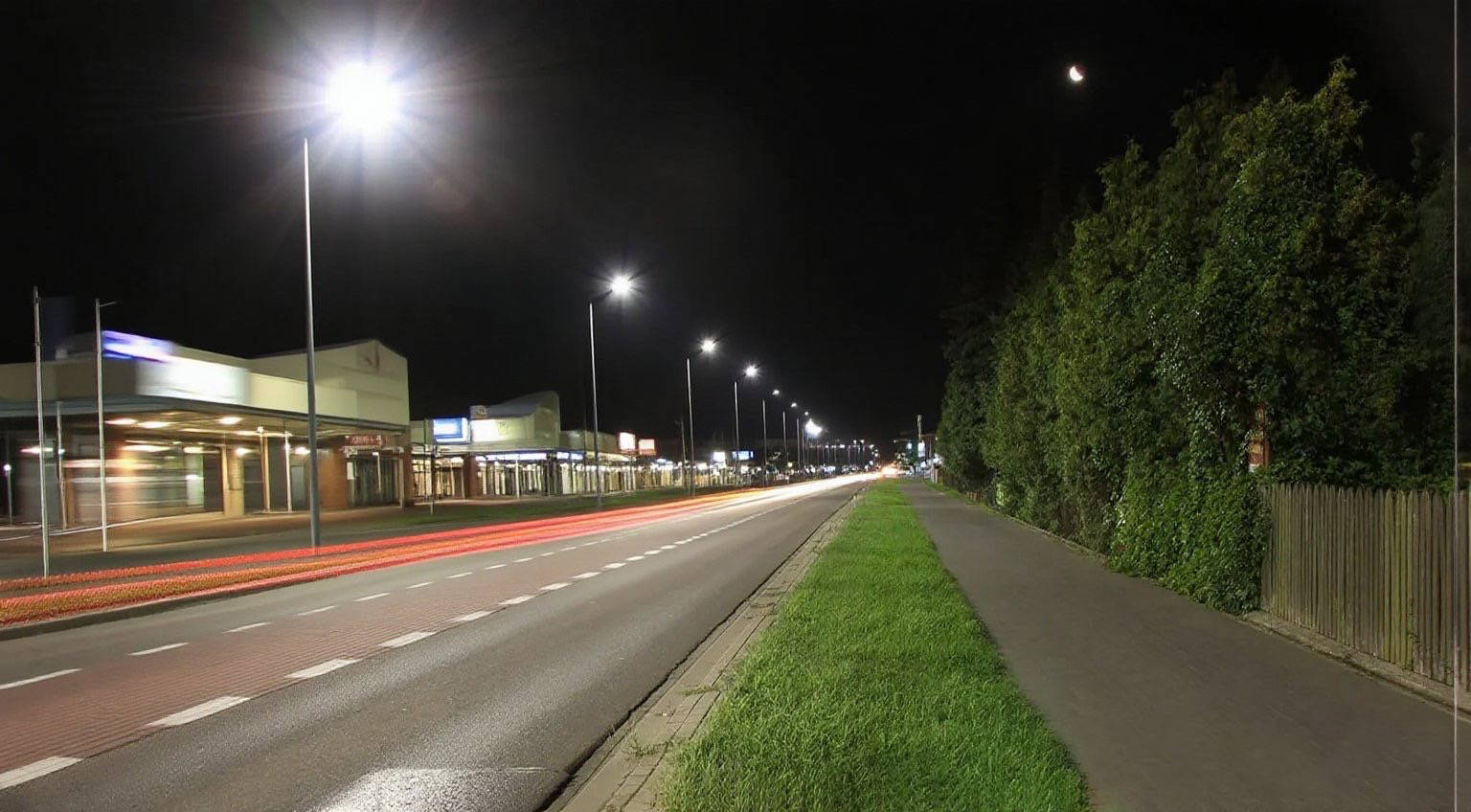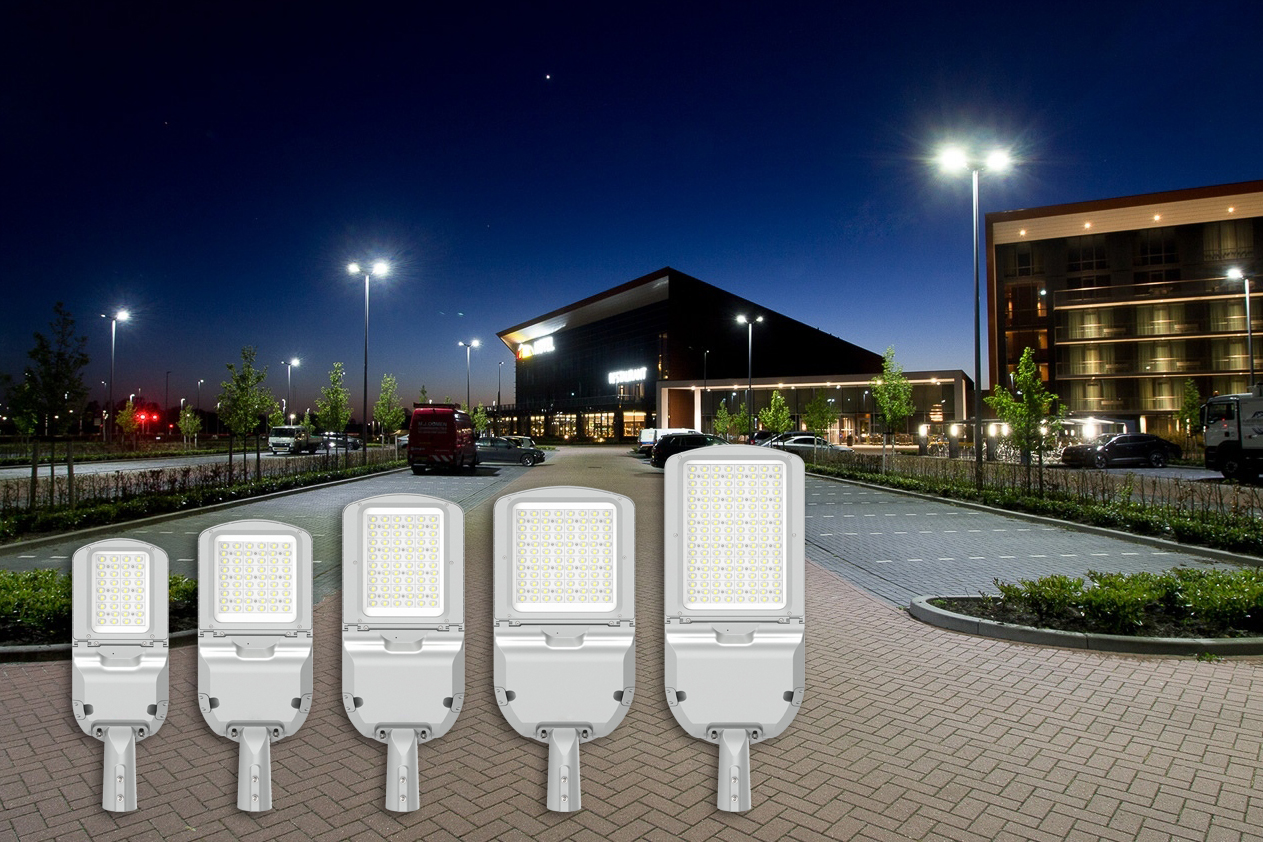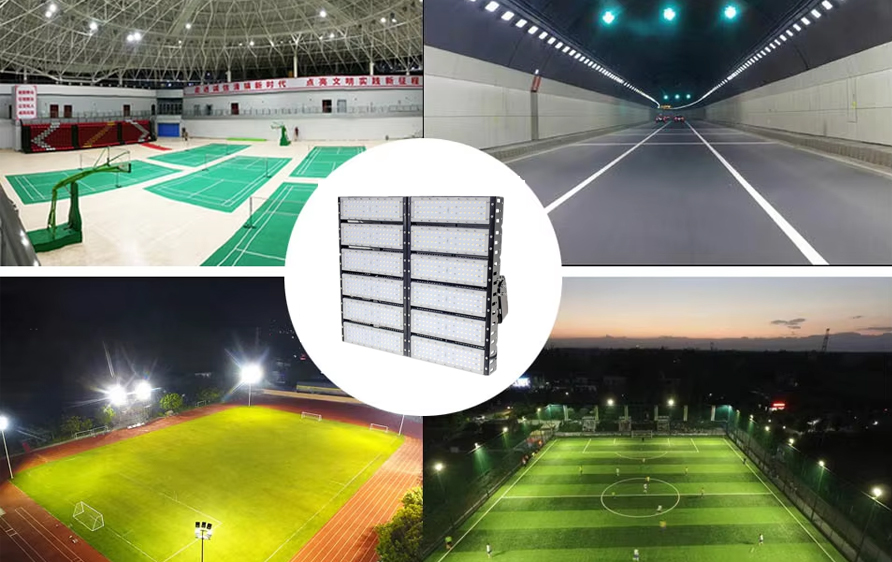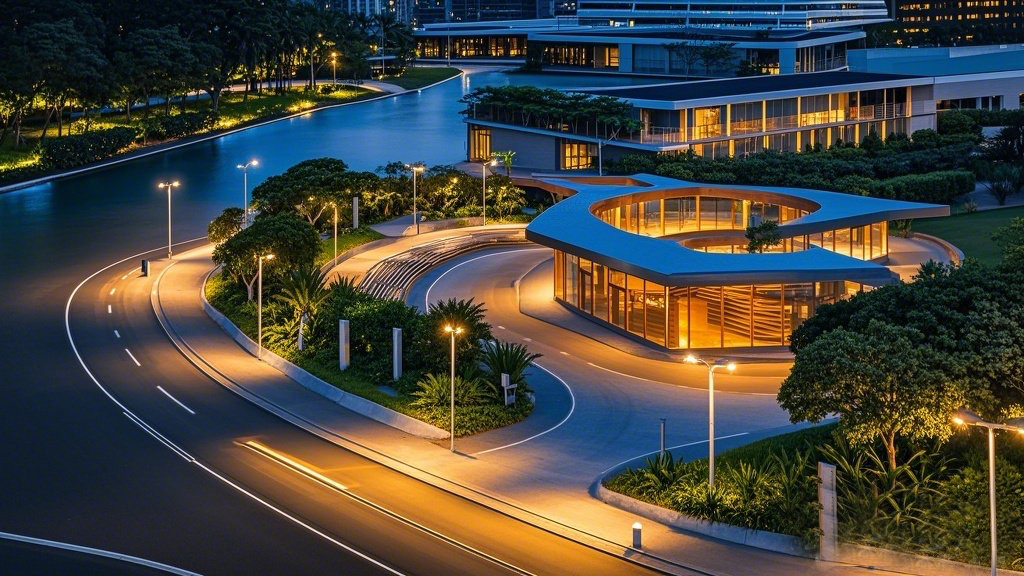
In Australia, with the continuous development of infrastructure, the application of LED street lights has become the first choice for many urban and rural road lighting systems. Especially in larger projects, such as the installation of 200W LED street lights, high efficiency, reliability and energy saving are often required. The following is an in-depth analysis of the Australian road installation LED 200W street light project case based on more than10 years of engineering experience, exploring key design considerations, technical challenges and solutions.
1. Project Background and Objectives
The project aims to provide a comprehensive road lighting solution for a major highway in Australia. Considering the climatic conditions, road width and traffic flow in the area, 200W LED street lights were selected as the main lighting. The project goal is not only to provide sufficient lighting brightness to improve driving safety, but also to ensure that the system has efficient energy consumption and can meet long-term operation requirements.
The core requirements of the project are:
High brightness: Provide sufficient lighting to ensure that drivers can clearly see road signs, pedestrians and potential obstacles.
Energy saving: Reduce energy consumption and reduce operating costs, especially in Australia where energy costs are high.
High reliability: Considering the bad weather in the area, the street light system needs to have extremely high durability and wind and water resistance.
Low maintenance requirements: The system design must be easy to maintain and reduce maintenance costs caused by lamp damage or frequent replacement of accessories.
2. Technical selection and design of LED street lights
1. Brightness and lighting effect
The brightness of the 200W LED street light is one of the key factors in the selection. In order to ensure that traffic needs are met, especially when driving at night, sufficient light intensity must be guaranteed. Depending on the width of the road and the traffic flow, a 150lm/W light efficiency LED chip is used. This configuration not only ensures the uniformity of lighting, but also avoids energy waste caused by excessive lighting.
Through calculation, we concluded that the average illumination value of each street light is 20 Lux, which fully meets the standard requirements for road lighting. The illumination calculation also takes into account the lighting needs on both sides of the road to ensure that both sides of the road can also obtain sufficient visual range, thereby reducing the risk of accidents for pedestrians and cyclists.
2. Light source and color rendering index
The color rendering index (CRI) is an important indicator to determine whether LED street lights can truly restore the color of objects. In this project, we selected LED lamp beads with higher CRI values to ensure that the street lights can restore the real road conditions. Especially in haze or rainy and snowy weather, a higher color rendering index can help drivers better identify road obstacles and reduce accidents.
3. Optical design and anti-glare design
To ensure that the lighting does not produce unnecessary glare, we use an optimized reflector and optical lens design. This design not only improves the utilization efficiency of the light source, but also ensures the concentration of the lighting beam. Especially for complex traffic areas such as intersections, the anti-glare design greatly improves the driver’s field of vision.
3. Weather resistance and reliability requirements
Australia is located in the southern hemisphere and has changeable climatic conditions. The temperature difference in the project area is large, with high temperatures in summer and low temperatures and strong winds in winter. Therefore, the weather resistance and reliability of street lights are important considerations in project design.
1. Waterproof and dustproof design
Taking into account the common heavy rain and strong wind weather in the area, an IP66-level protection design was selected. This means that the lamp can completely prevent the ingress of dust and can withstand strong rain. The lamp housing is made of high-strength aluminum alloy material, which has good corrosion resistance, can cope with the impact of the seaside and high humidity environment, and extend the service life.
2. High and low temperature adaptability
The operating temperature range of this LED street light system is -40°C to +60°C, which can adapt to extreme temperature difference environments. In order to ensure the long-term stable operation of the lamp, we have specially optimized the heat dissipation design, using aluminum alloy housing and high-quality heat sinks, which effectively reduce the temperature of the LED chip, thereby improving the light efficiency and system stability.
3. Electrical protection
For external electrical components, especially the drive power supply and line design, we have taken overvoltage, overcurrent and surge protection measures. These protection devices ensure that street lamps can still work safely in the event of lightning strikes or large voltage fluctuations, extending the service life of the lamps.
4. Energy management and intelligent control system
1. Energy-saving intelligent control
By introducing an intelligent control system, we are able to remotely monitor and control street lamps. For example, the light sensor controller is used to automatically adjust the brightness to ensure that the maximum brightness is only provided when needed. At night when there is less traffic, the brightness of the street lamps will automatically decrease to save energy. According to the monitoring data of the intelligent system, the switching time, brightness adjustment and other operations of the street lamps can be dynamically adjusted according to actual needs.
2. Intelligent maintenance and fault warning
By installing a remote control system, the working status of each street lamp can be monitored in real time. Once a fault occurs, the system will automatically send a fault alarm to the terminal of the maintenance personnel. This not only reduces the time for inspection and maintenance, but also responds to faults in a timely manner, minimizing the downtime of street lamps.
5. Construction and installation
During the construction process, the team adopted a standardized installation process. All lamps undergo strict quality control tests before leaving the factory to ensure that each lamp meets the design requirements. The installation team adjusts the height and lighting angle of the lamp pole according to the site conditions to ensure that the lighting area of each lamp does not overlap and does not miss any blind spots.
During the installation process, the construction team also pays special attention to environmental protection and safe operation to ensure the safety of the construction site and avoid impact on the surrounding environment.
6. Project Results and Evaluation
Since the LED street light system was put into use, the project has achieved remarkable results. According to the analysis of the later operation data, the energy consumption of the road where the project is located has been reduced by nearly 40%, and the maintenance cost has also been significantly reduced. The high reliability and intelligent control functions of the system ensure that the lamps maintain stable performance in long-term operation.
7. Summary
This 200W LED street light installation project not only plays an important role in improving the quality of road lighting and driving safety, but also successfully achieves the goal of energy saving and emission reduction through intelligent control and efficient energy management. Through this case, we further verified the advantages of LED street lights in complex climate environments, and also provided valuable experience for more similar projects in the future.
Through this professional engineering design and technical implementation, Australia’s road lighting system is moving towards a more intelligent, efficient and sustainable development.



